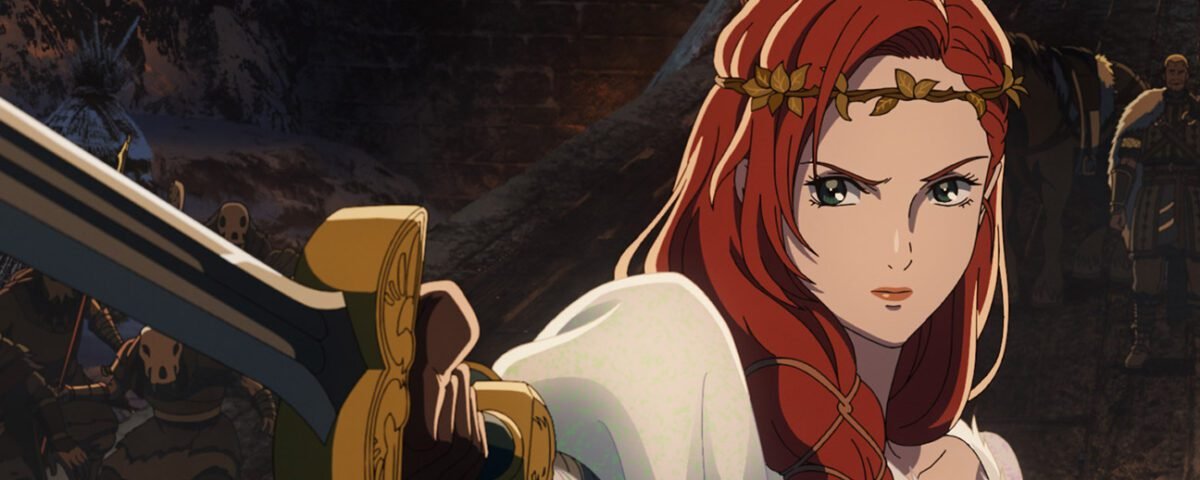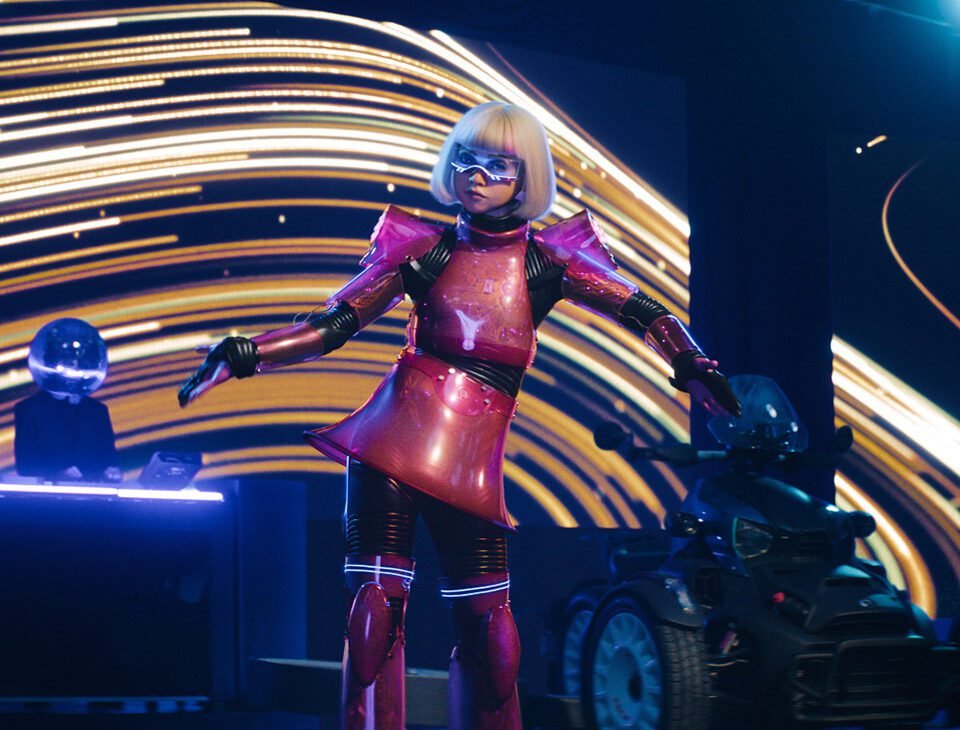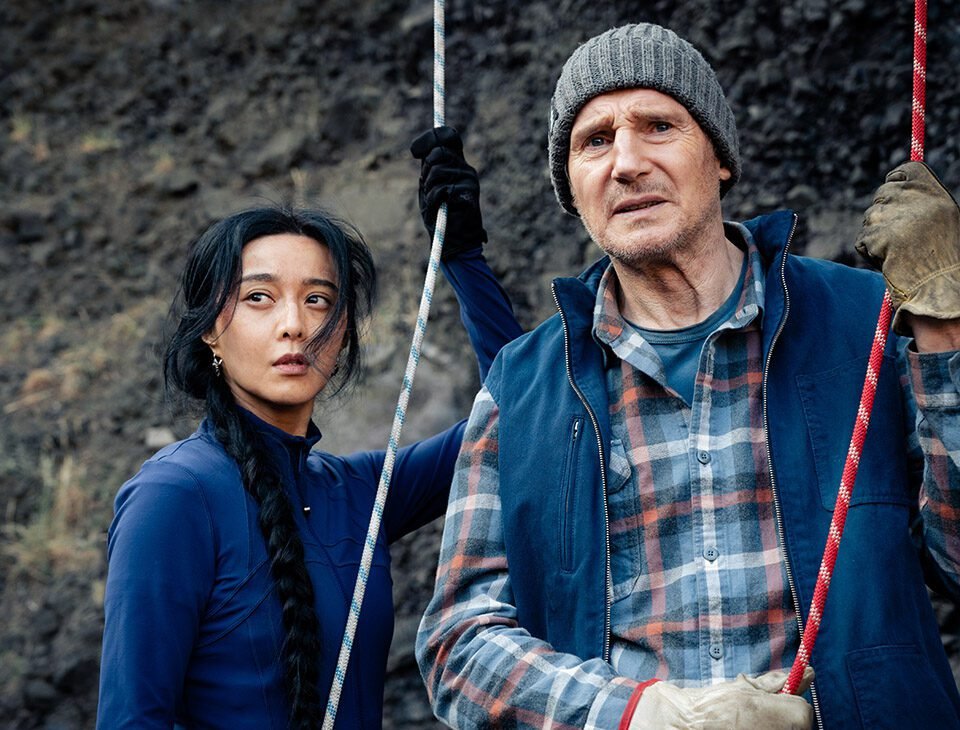


‘A Complete Unknown’ Review: An Electric Timothée Chalamet Hoists James Mangold’s Bob Dylan Biopic Above Its Flaws
December 11, 2024


‘Pushpa 2: The Rule’ Review: An Ambitious and Extravagant Action Sequel Delivers Too Much of a Good Thing
December 12, 2024Peter Jackson executive produces the anime-style feature, set nearly two centuries before the events of the live-action film trilogy and based on J.R.R. Tolkien’s appendices.
The Lord of the Rings: The War of the Rohirrim
A stunningly rendered return to Middle-earth.
The familiar presence, or at least voice, of Miranda Otto provides a reassuring connective tissue between the Lord of the Rings films and a new animated prequel: Her Éowyn, previously seen in Peter Jackson‘s juggernaut live-action trilogy, narrates The Lord of the Rings: The War of the Rohirrim, set in her homeland of Rohan some 183 years earlier. Serving both as insurance against New Line losing the screen rights to J.R.R. Tolkien’s novels and as an appetizer to the upcoming live-action Lord of the Rings: The Hunt for Gollum (scheduled for 2026), the distinctly anime-style feature should prove equally appealing to both diehard fans and newcomers.
The story revolves around Hera (Gaia Wise), daughter of Helm Hammerhand, the king of Rohan. The latter is voiced by Brian Cox, whose gravelly, gravitas-infused Scottish burr is so perfect for the role it makes you wonder why he hasn’t been in a Lord of the Rings film before. But things in the kingdom take a bad turn, not surprisingly, when Wulf (Luke Pasqualino, Snowpiercer) — son of Freka (Shaun Dooley), leader of the enemy Dundelings — proposes marriage to Hera, who is not at all interested. In the ensuing fracas, the hot-tempered Helm slays Freka (he didn’t really mean to, but events got out of hand) and banishes Wulf, who, you guessed it, vows revenge.
If the plotting is fairly perfunctory, the melodramatic dialogue is not much better — as when Wulf solemnly informs his prisoner, “The boy you knew is gone, Hera. I am the man your father made me.” The characterizations are equally unsubtle, with Wulf as the type of mustache-twirling villain who, when asked “What of the boy’s body?” after slaying one of Helm’s sons, responds, “Let it rot.” Unlike in the Lord of the Rings trilogy, the characters here are strictly human, with the exception of a late appearance by a wizard character (not the one you’re thinking of) whose voice is provided by a beloved late actor via archival audio.
But the story is less important than the visuals, which mark a dramatic improvement over Ralph Bakshi’s 1978 animated The Lord of the Rings. Director Kenji Kamiyama, whose credits include episodes of the Blade Runner: Black Lotus and Ghost in the Shell: Stand Along Complex TV series, employs a gorgeous mixture of 2D and 3D animation of various styles, including performance capture, hand-drawn and CG. The results are painterly images bearing no small resemblance to the world created in Jackson’s movies (the director and partner Fran Walsh are among this film’s executive producers). The battle sequences in particular are stunningly rendered, and will certainly benefit from being viewed on the largest possible premium and large-format screens.
Fans are sure to appreciate the call-outs and references to the earlier movies, including sections incorporating composer Howard Shore’s original themes and a late shout-out to Gandalf. But those not familiar with Tolkien minutiae will still be able to enjoy The War of the Rohirrim on its own visually grand, mythic storytelling terms, even if it does eventually seem overlong at 134 minutes (brief by comparison to the live-action entries, but still). That many of the film’s creatives are veterans of the Jackson’s groundbreaking trilogy provides further evidence that this complementary work has been carefully and lovingly designed.





